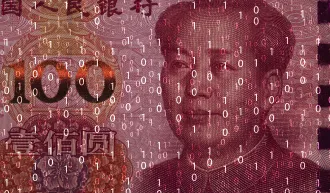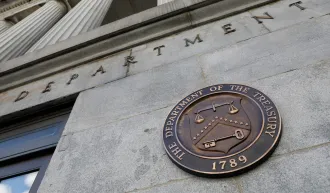Who Runs Silicon Valley Boards?
It’s an insular group, but with a couple surprises.
January 27, 2016

iStock/Yuri_Arcurs
It’s almost a cliché that Silicon Valley is a clubby place: dense social networks of venture capitalists and serial entrepreneurs, overwhelmingly male and often graduates of the same elite universities, who turn up as directors on multiple boards.
But while the cliché still has considerable truth, a new study of Silicon Valley’s corporate boards uncovers some new wrinkles in the old boys’ club.
Conducted by technology recruiting firm Lonergan Partners, with some help from David Larcker, a professor of accounting at Stanford Graduate School of Business who focuses his research on corporate governance, the study scrutinized the boards of Silicon Valley’s 150 largest publicly traded companies.
The study — “Who Runs Silicon Valley?” — finds that Silicon Valley boards remain overwhelmingly male. Eighty-seven percent of directors and 97% of chairmen were, well, men. The numbers for women were up slightly over previous years, but not by much.
Beneath that general picture, however, there were nuances. Female directors were noticeably more common at the 30 biggest companies than at the younger and smaller ones. At the big companies, women held 18% of all the directorships, and more than half of the big companies had more than 2 women on their boards.

Tricia Seibold; Reuters/Beck Diefenbach; Reuters/Stephen Lam
Beyond gender, the makeup of Silicon Valley boards reflects strong social and experiential ties. Almost one-fifth of all Silicon Valley directors — a whopping 209 out of 1,156 — had undergraduate or graduate degrees from Stanford. Harvard degree-holders accounted for the second-biggest group — 132 directors. The University of California, Berkeley, came in third, with 38 directors.
Much like Wall Street, Silicon Valley tends to trust the people it knows. One-fifth of board members were also directors on the board of at least one other Silicon Valley 150 firm.
More surprising is how much power Silicon Valley is increasingly giving to visionary founders. That’s particularly true at younger companies, some 43 Valley firms that have gone public since 2010. In that group, the company CEO was the founder 40% of the time and chairman 49% of the time. At 26 companies — think of Elon Musk at Tesla, or Mark Zuckerberg at Facebook — the founder hit the trifecta and served as founder, chairman, and CEO.
At older companies, however, many of the chairmen are in fact the firms’ former CEOs. Though it’s easy to appreciate a CEO’s battle-hardened experience, the report notes that it can also be a potential problem because “you don’t want the old CEO in the boardroom with a remote control unit over the new CEO.”
The power of founding entrepreneurs often goes much further than that. One of the most striking trends of the past few years, says Larcker, is the growing use of “dual-class” shareholder structures that give the founders outsized voting power. The founders typically receive a special class of shares that have 10 times the votes of normal shares. At the time Facebook went public in 2012, for example, Zuckerberg retained 57% of the voting power but only 28% of outstanding shares. The founders of Google, Larry Page and Sergey Brin, retained similar voting power.
Traditionally, corporate governance experts have frowned on these kinds of “super-vote” structures, arguing that they made it make it easier for entrenched founders or chief executives to be less accountable to ordinary shareholders.
But dual-share structures are becoming increasingly common in Silicon Valley, particularly among newer companies. The Wall Street Journal reported last summer that 14% of the companies that held initial public offerings in the first eight months of 2015 had dual-share structures. By contrast, only 1% of companies that went public in 2005 had them.
And that is no accident. Two of the most outspoken champions for the structure are also two of the Valley’s most prominent venture capitalists — Marc Andreessen and Ben Horowitz, founders of Andreessen Horowitz, and early investors in Facebook, Groupon, and Zynga.
Andreessen and Horowitz have argued that it’s safer to give power to visionary founders because it is important to avoid getting trapped by short-term considerations.
Larcker, who is director of Stanford’s Corporate Governance Research Initiative, isn’t sure what’s right or wrong.
“It’s not clear whether this is a good trend or a bad one,” Larcker says. It certainly goes against the conventional wisdom about corporate governance. On the other hand, some of the most prominent examples — Google, Facebook, and LinkedIn — have been nothing if not spectacularly successful.
For media inquiries, visit the Newsroom.
Explore More

Investigating the Unsolved Mysteries of Boardrooms and C-Suites

Masterclass on Effective Corporate Governance



